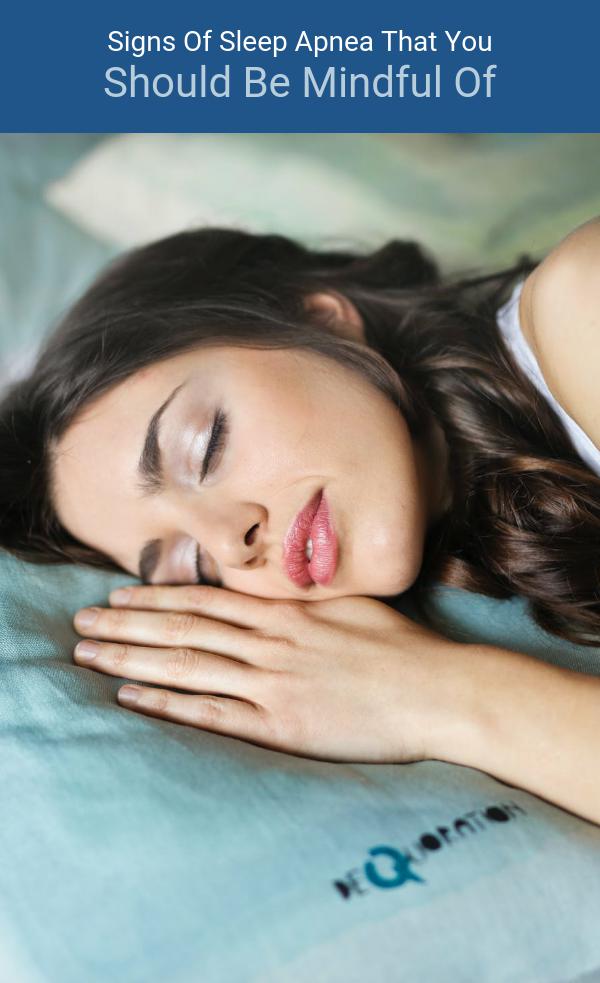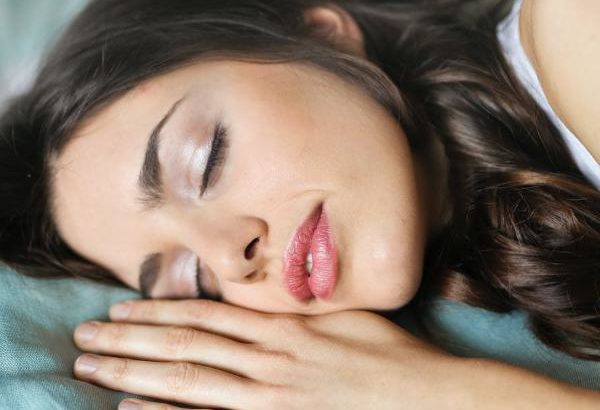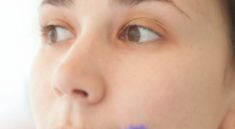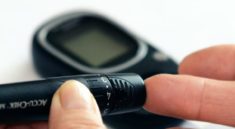The most common symptom of sleep apnea is a noisy, continuous or partial stoppage of breathing during sleep. Sleeping with one or both of these symptoms may also lead to daytime drowsiness and fatigue in the weeks following diagnosis.
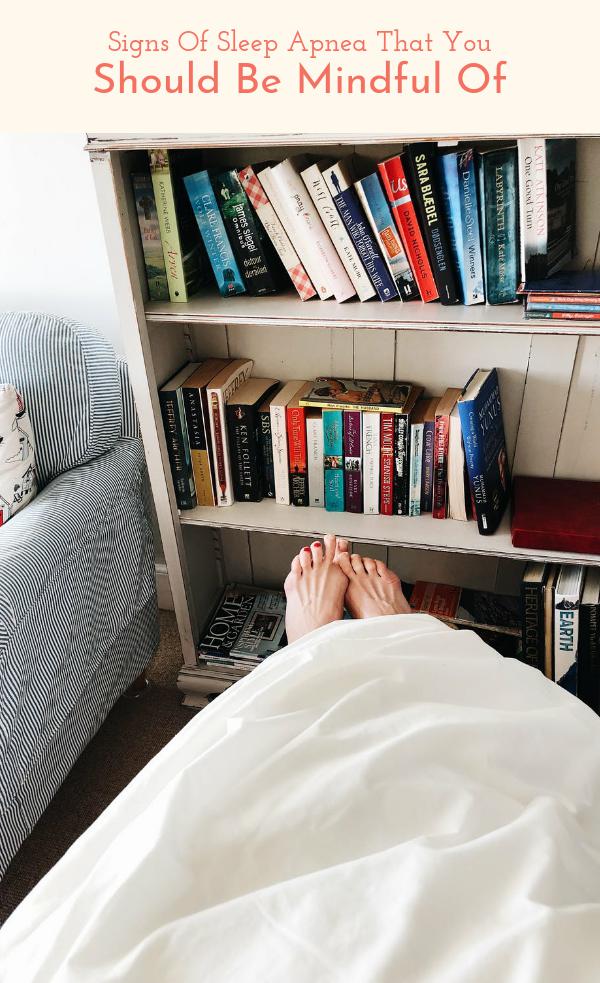
The symptoms of sleep apnea can be even more complicated if they are due to high blood pressure or other serious health problems that could place the person at risk for sudden death or another cause of death. If a doctor has ruled out these causes, he may only have a few possible causes of sleep apnea symptoms.
The most common causes of apnea are underlying medical conditions, such as coronary artery disease, and thyroid disorders, which are both highly treatable. An underlying condition called accessory motor nephrosis can also lead to apnea.
Simple apnea causes are caused by a weakened muscle that controls the flow of air into the lungs. Sometimes this problem can be treated surgically or through use of a special device to open the throat. With age, the muscles that control the flow of air in the upper airway muscles weaken and become smaller, allowing an individual to breathe in a relaxed manner.
When sleep apnea occurs with deep breathing, an individual will start to snore through the nose or mouth. Other types of apnea, in which the patient is not using their breathing muscles properly, are called partial apnea and the first symptom may be a lack of breath during sleep.
Some of the sleep apnea symptoms include loud, regular snoring; waking up frequently during the night to breathe; waking up many times during the night to try to breath; waking up frequently during the night to eat, drink or take a bathroom break; waking up regularly during the night to change positions or to get out of bed. Another symptom is a dull, constant snoring sound. The sounds are usually affected by the position in which the person is sleeping.
In some cases, a person who has only mild or severe sleep apnea may be diagnosed with an alternative sleep disorder, called OSA. A diagnosis of OSA is based on the fact that they can no longer breathe through their noses. A diagnosis of OSA is quite different from having apnea, since it is usually present in both eyes, rather than only one.
The next sign of sleep apnea is daytime drowsiness and fatigue in the weeks following diagnosis. The usual reason for fatigue is a decrease in energy, which can often be treated with a regular dose of caffeine or vitamin B6.
There are two major causes of sleep apnea symptoms that can be treated successfully. First, surgery may be needed to repair the lower airway muscles that are weak due to obstructive sleep apnea.
Second, a device that keeps the mouth closed during sleep is available. These devices are called continuous positive airway pressure machines and, when used properly, can reduce the number of areas each night and ease daytime drowsiness and fatigue.

The majority of patients with these symptoms will eventually recover from these symptoms, although occasional episodes of apnea will occur. However, since sleep apnea is directly related to obesity, overweight people are much more likely to suffer from apnea than those who are at a healthy weight.
